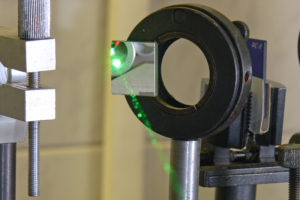
OPTICAL MIRRORS
Hot and Cold Mirrors
Optical Mirrors are designed to reflect light for a variety of applications, including beam steering, interferometry, imaging, or illumination. Optical Mirrors are used in a wide range of industries, such as analytical instruments, life sciences, astronomy, metrology, semiconductor, defense, and solar.
Sterling Precision Optics offers a board range of Optical Mirrors in a multitude of reflective coating options, including Protected Aluminum, Enhanced Aluminum, Protected Silver, Protected Gold, or Dielectric.
The simplest mirror coatings are thin layers of metals, such as aluminum, which are deposited on glass substrates to make mirror surfaces. The metal used determines the reflection characteristics of the mirror; aluminum is the cheapest and most common coating and yields a reflectivity of around 88%-92% over the visible spectrum. More expensive is silver, which has a reflectivity of 95%-99% even into the far infrared, but suffers from decreasing reflectivity (<90%) in the blue and ultraviolet spectral regions. Most expensive is gold, which gives excellent (98%-99%) reflectivity throughout the infrared, but limited reflectivity at wavelengths shorter than 550 nm.
The other major type of optical coating is the dielectric coating (i.e. using materials with a different refractive index to the substrate). These are constructed from thin layers of materials such as magnesium fluoride, calcium fluoride and various metal oxides, which are deposited onto the optical substrate. By careful choice of the exact composition, thickness and number of these layers, it is possible to tailor the reflectivity and transmission of the coating to produce almost any desired characteristic. Reflection coefficients of surfaces can be reduced to less than 0.2%, producing an antireflection (AR) coating. Conversely, the reflectivity can be increased to greater than 99.99%, producing a high-reflector (HR) coating. The level of reflectivity can also be tuned to any particular value, for instance, to produce a mirror that reflects 90% and transmits 10% of the light that falls on it over some range of wavelengths. Such mirrors are often used as beam splitters and as output couplers in lasers. Alternatively, the coating can be designed such that the mirror reflects light only in a narrow band of wavelengths, producing an optical filter.
The versatility of dielectric coatings leads to their use in many scientific optical instruments (such as lasers, optical microscopes, refracting telescopes and interferometers) as well as consumer devices, such as, binoculars, spectacles and photographic lenses.
Dielectric layers are sometimes applied over top of metal films, either to provide a protective layer (as in silicon dioxide over aluminum) or to enhance the reflectivity of the metal film. Metal and dielectric combinations are also used to make advanced coatings that cannot be made any other way. One example is the so-called “perfect mirror”, which exhibits high (but not perfect) reflection with unusually low sensitivity to wavelength, angle and polarization.
Choosing the proper reflective coating option ensures high reflectivity of the needed wavelength or wavelength range. Optical Mirrors designed for laser applications are optimized for the given laser wavelength. Additionally, Optical Mirrors designed for lasers feature damage thresholds that are suitable for the designated laser. Metal substrate Optical Mirrors are ideal for applications requiring a constant coefficient of thermal expansion between the Optical Mirror and the mount. Optical Mirrors with a concave surface are ideal for light focusing applications.
Hot Mirrors incorporate a dichroic filter to protect optical systems by reflecting infrared light back into a light source, while allowing visible light to pass. Hot mirrors can be designed to be inserted into the optical system at an incidence angle varying between zero and 45 degrees, and are useful in a variety of applications where heat build-up can damage components or adversely affect spectral characteristics of the illumination source. Wavelengths reflected by an infrared hot mirror range from about 750 to 1250 nanometers. By transmitting visible light wavelengths while reflecting infrared, hot mirrors can also serve as dichromatic beam splitters for specialized applications in microscopy.
Hot Mirrors have a special type of dichroic filter coating used to remove unwanted energy from the light emitted by a source. A common example is the use of hot mirrors in very bright spotlights used in surgical rooms and for UV curing applications. Heat control filters are able to separate the unwanted infrared from the visible light desired.
Hot Mirror filters transmit the visible spectrum and reflect the infrared at normal incidence. The average transmission is specified to be more than 93% from 425 to 675 nm and average reflectance is more than 95% from 750 to 950 nm. Custom angles of incidence can be designed to specification. Sterling Precision Optics uses Schott Borofloat, fused quartz and fused silica as substrates for its Hot Mirrors.
A cold mirror is a specialized dielectric mirror, a dichroic filter, that reflects the entire visible light spectrum while very efficiently transmitting infrared wavelengths. Similar to hot mirrors, cold mirrors can be designed for an incidence angle ranging between zero and 45 degrees, and are constructed with multi-layer dielectric coatings, in a manner similar to interference filters. Cold mirrors can be employed as dichroic beam splitters with laser systems to reflect visible light wavelengths while transmitting infrared.
Cold mirror filters reflect the visible spectrum and transmit heat (infrared) at 45 degrees. The average reflectance is more than 95% from 425 to 650nm. Transmission is more than 85% average from 800 to 1200 nm. Custom angles of incidence can be designed to specification.

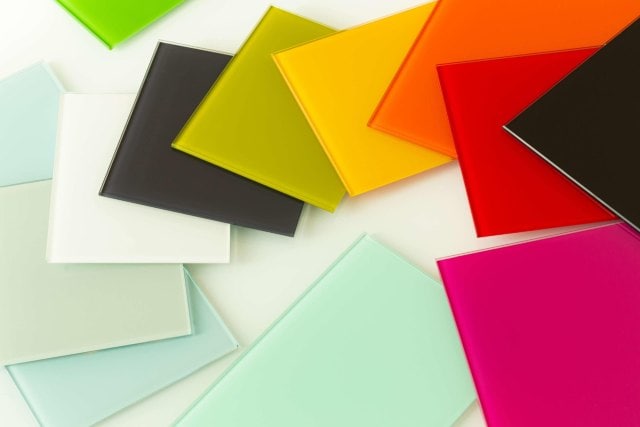 CUSTOM OPTICAL FILTERS
CUSTOM OPTICAL FILTERS
 OPTICAL WINDOWS
OPTICAL WINDOWS
 OPTICAL COATINGS
OPTICAL COATINGS
 UV OPTICS
UV OPTICS
 CYLINDRICAL OPTICS
CYLINDRICAL OPTICS
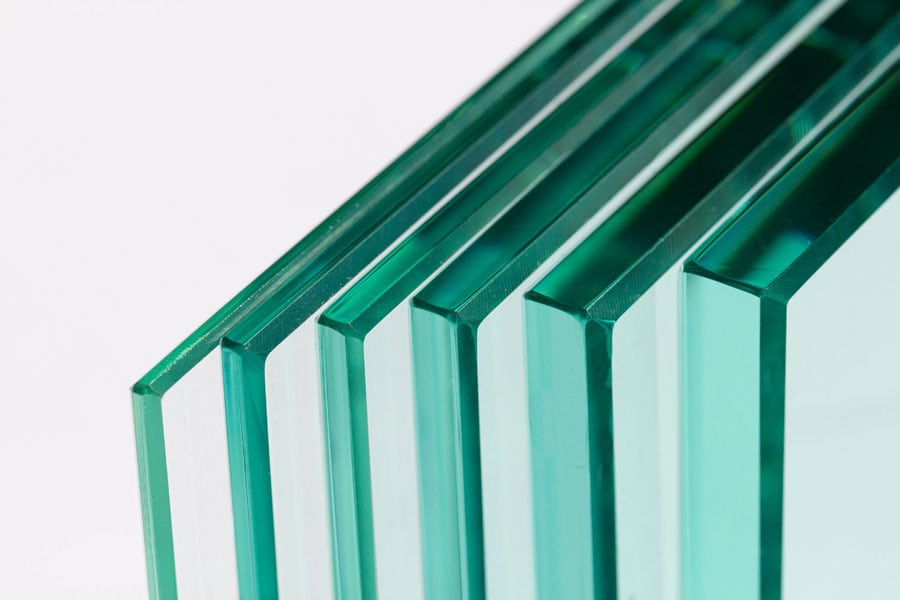 CUSTOM TEMPERED OPTICS
CUSTOM TEMPERED OPTICS
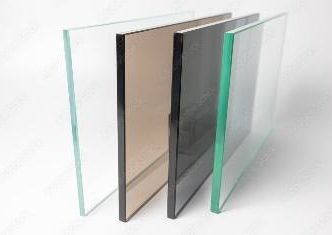 NEUTRAL DENSITY
NEUTRAL DENSITY
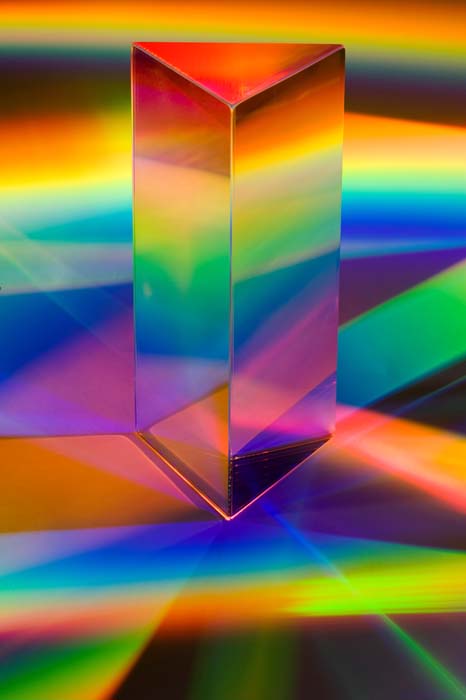 PRISMS & RETROREFLECTORS
PRISMS & RETROREFLECTORS
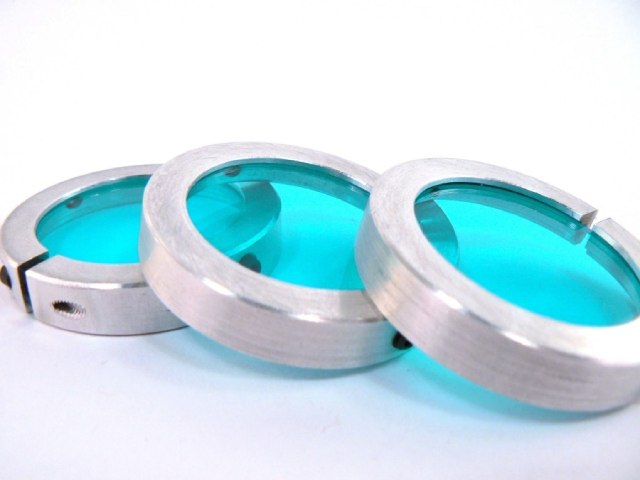 ASSEMBLIES
ASSEMBLIES
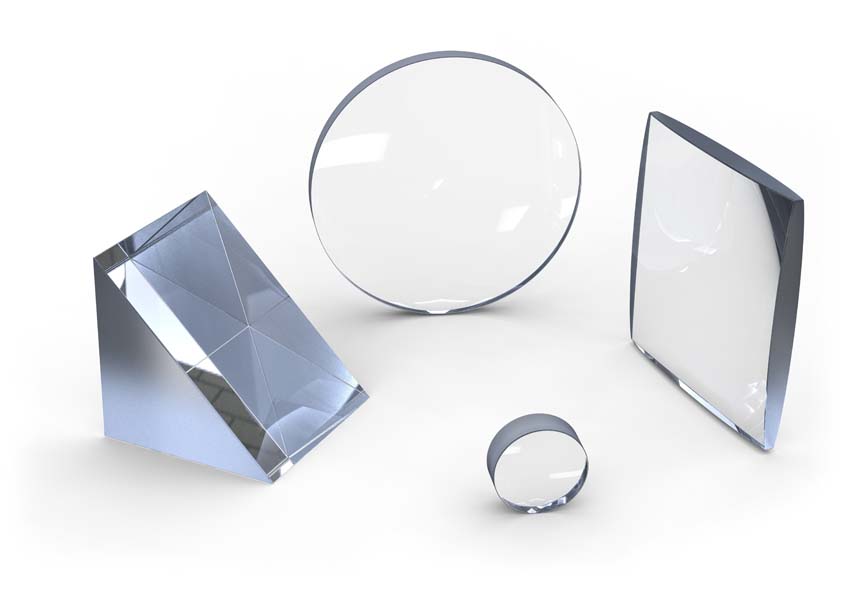 OPTICAL LENSES
OPTICAL LENSES
 NIGHT VISION FILTERS
NIGHT VISION FILTERS
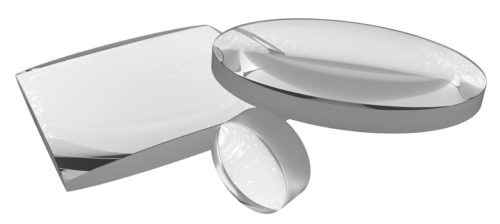 ACHROMATIC LENSES
ACHROMATIC LENSES
 OPTICAL BEAM SPLITTERS
OPTICAL BEAM SPLITTERS